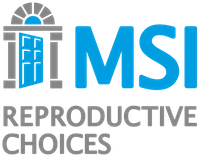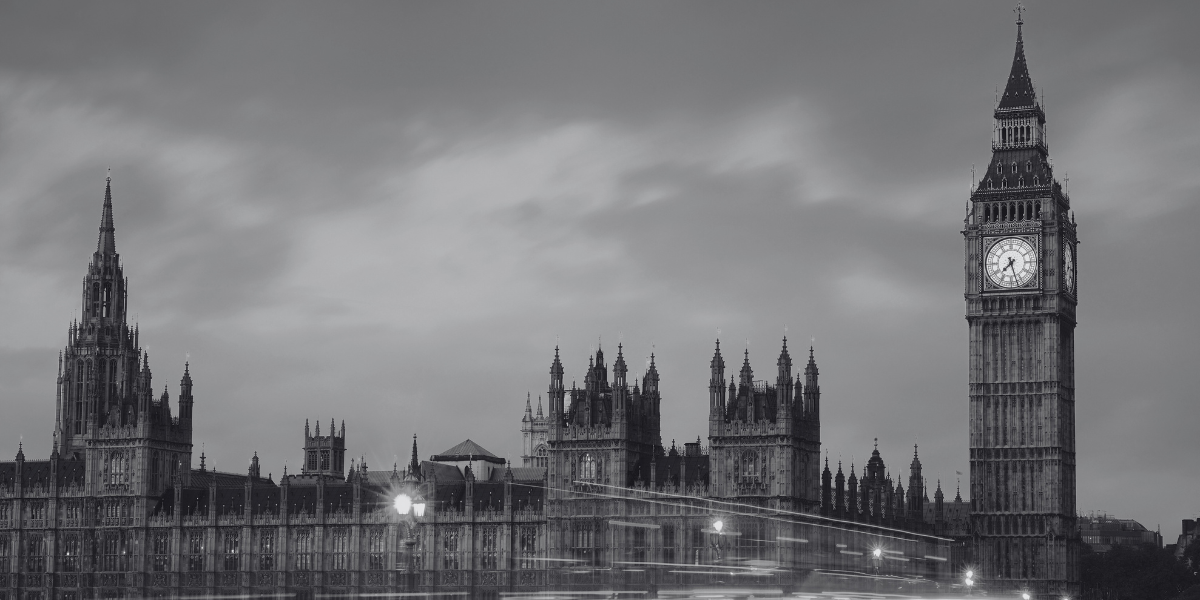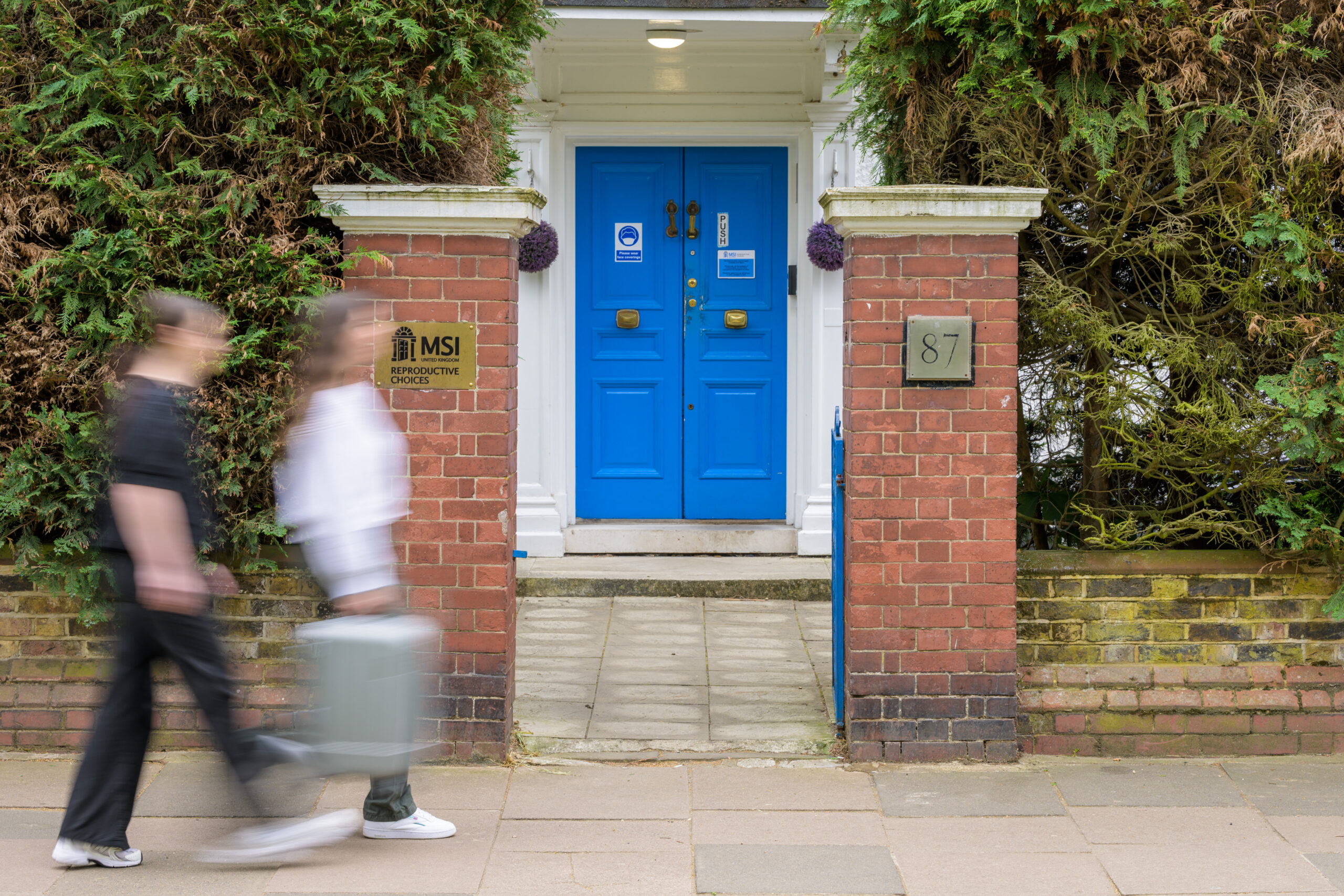Abortion is essential health care, and this has only been reaffirmed by Covid-19.
Without access to abortion, women are denied the right to determine whether or when to have children and may be forced to continue unwanted pregnancies, or end pregnancies in dangerous ways. But access to safe abortion care continues to be out of reach for many.
Today alone, an estimated 96,000 women worldwide will undergo an unsafe abortion. With laws that criminalise abortion care, clinical policies that restrict access, a shortage of trained providers and affordable services, and low awareness about safe options, we have a long way to go before safe abortion care will be accessible to all.
This Universal Health Coverage (UHC) day, MSI Reproductive Choices is calling for universal access to quality reproductive healthcare, including safe abortion, to ensure everyone can access the health services they need without financial hardship. As outlined in our new publication, to achieve universal access to safe abortion care, this is what is needed:
1. Include abortion care in the benefits package of public health insurance
Currently, only 46% of women living in countries with relatively liberal abortion laws can access full public funding for abortion care. Abortion should be explicitly included in the health benefits package for UHC.
In Nepal, the government has now included safe abortion care in the Basic Health Service Package, making abortion free of charge at public health facilities. Since the reforms, Nepal has seen growth in the use of government facilities for abortion care and increased abortion safety. However, most women continue to access care outside of public health facilities, so MSI Nepal is working with the government to expand coverage to include non-governmental services too.
Improving access to abortion care contributes substantial savings for the health system. Recent estimates show that the average direct cost of providing a safe abortion in a low and middle-income country is six times lower than the cost of providing post-abortion care following an unsafe abortion.
2. Strengthen safe abortion provision across the health system
Abortion care is often excluded from the public sector entirely, due to legal restrictions. For unsafe abortion to be eliminated, public sector capacity for abortion care must be strengthened, in terms of both clinical competency and infrastructure, and provider willingness to offer abortion care.
The exclusion of abortion from the public sector has often meant that the non-public, NGO and informal sectors have stepped in to close the gap. In low and middle-income countries, it is estimated that 37-39% of contraceptive services are provided by the private sector. For abortion care, private pharmacies have transformed access due to the advent of medical abortion. In India, for example, 73% of all abortions in 2014 were medical abortions outside of health facilities.
Given their varying needs and preferences, it is important that women can access abortion through a full range of options, including self-management and clinic-based approaches. Through MSI’s next strategy, MSI 2030, we will work to build a network of high-quality public and private providers to ensure clients are only one contact away from a safe service.
3. Expand funding for abortion care
Abortion care is a time-sensitive procedure and if a woman can’t afford a service, abortion stigma can prevent her from seeking financial support from family and friends. Awareness of where to access safe, affordable care remains low, and this can lead women to an unsafe provider.
At MSI Reproductive Choice, we offer a fee-waiver scheme in our centres, enabling access for those who are unable to pay. But waivers are donor-funded, and this funding source is declining. MSI estimates that it would cost between $400-600 million to provide a safe abortion to the 35 million women who undergo an unsafe abortion every year. As well as including abortion care within the health benefits package, greater allocation of funding for sexual and reproductive health care from governments and the donor community is needed.
4. Destigmatise abortion care in healthcare settings and via public awareness campaigns
For UHC to improve access to safe abortion, we must tackle abortion stigma. We know that even when women have insurance coverage for abortion, they may not use it if they are keeping the abortion secret. Even when abortion laws are liberalised, poor knowledge or confusion around what the law allows and concerns about confidentiality can drive women to unsafe services.
By raising public awareness around abortion rights via media campaigns, community engagement and comprehensive sexuality education, we can begin to shift public perception. Abortion stigma also affects providers, who may refuse to deliver care or stigmatise their clients. Values clarification and attitude transformation workshops and providers share workshops can help positively influence provider attitudes and reduce stigma. But abortion stigma is structural, driven by politics, and we cannot fight abortion stigma without changing the outdated and harmful laws that govern abortion access.
5. Remove policy and clinical restrictions that restrict access to timely safe abortion care
UHC will be unable to improve access for the 42% of women living in countries where abortion is highly legally restricted. Countries with more legal restrictions on abortion have more unsafe abortions, so to eliminate unsafe abortion, laws and policies must be reformed, with abortion decriminalised and unnecessary clinical restrictions removed.
Progress towards UHC is an inherently political process. In Nepal, recent progress has highlighted how stigma within UHC decision-making can be overcome through partnerships between state and NGOs, with the provision of local evidence on the impacts of unsafe abortion and the safety of technologies available to address them.
If we are to imagine a world where unsafe abortion is eliminated, abortion care must be high-quality, funded and accessible. For UHC to support the elimination of unsafe abortion, we must ensure that policy restrictions and social barriers are removed, and that public and private sector provision is strengthened and financed. With the current rates of unsafe abortion, this is not a challenge that we can afford to shy away from. We invite you to partner with us to change it.
This article was co-authored by Katy Footman, Senior Researcher on safe abortion and post-abortion care at MSI and KP Upadhyay, Senior Advisor for Advocacy and External Relations at MSI Nepal.








